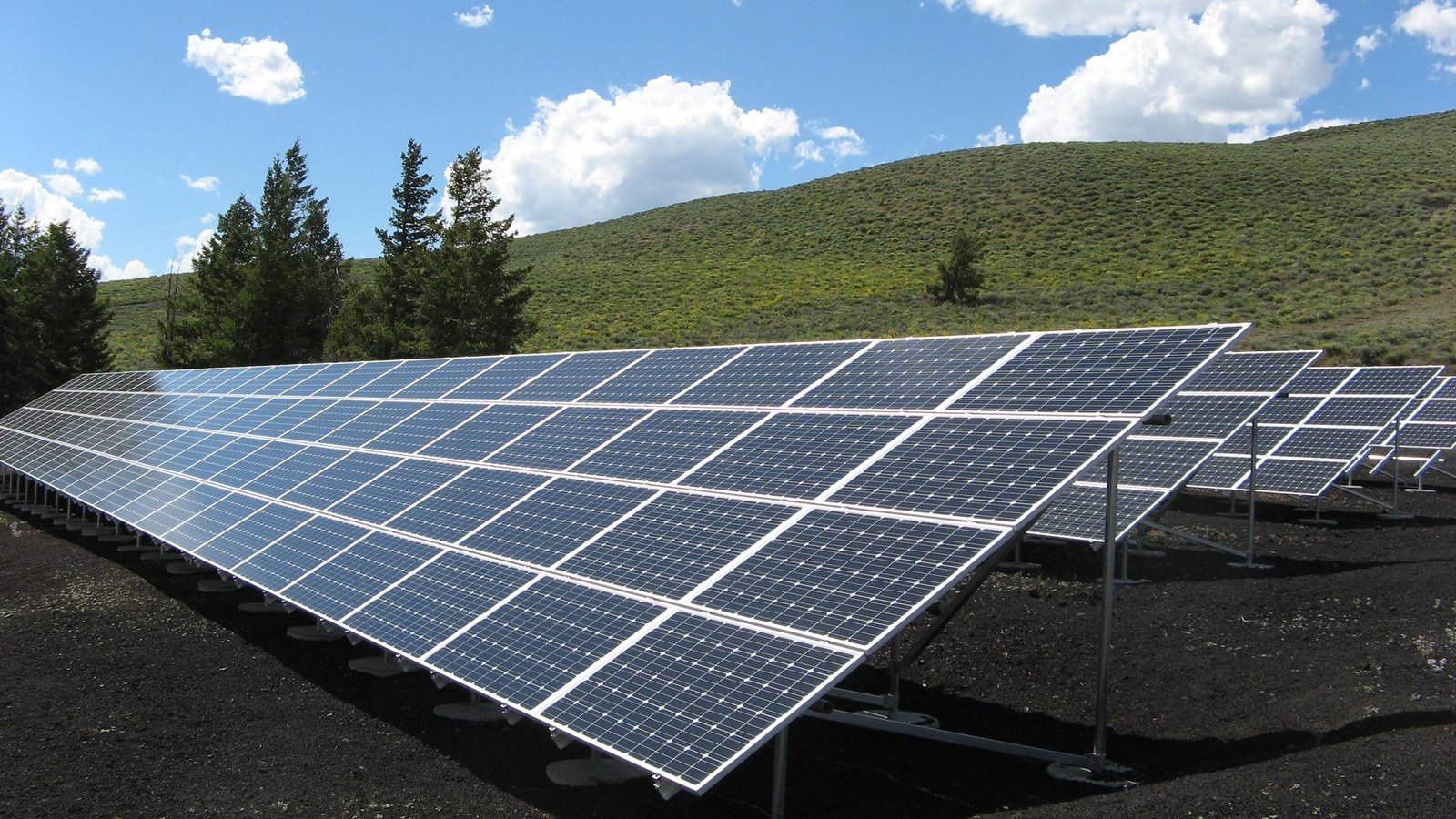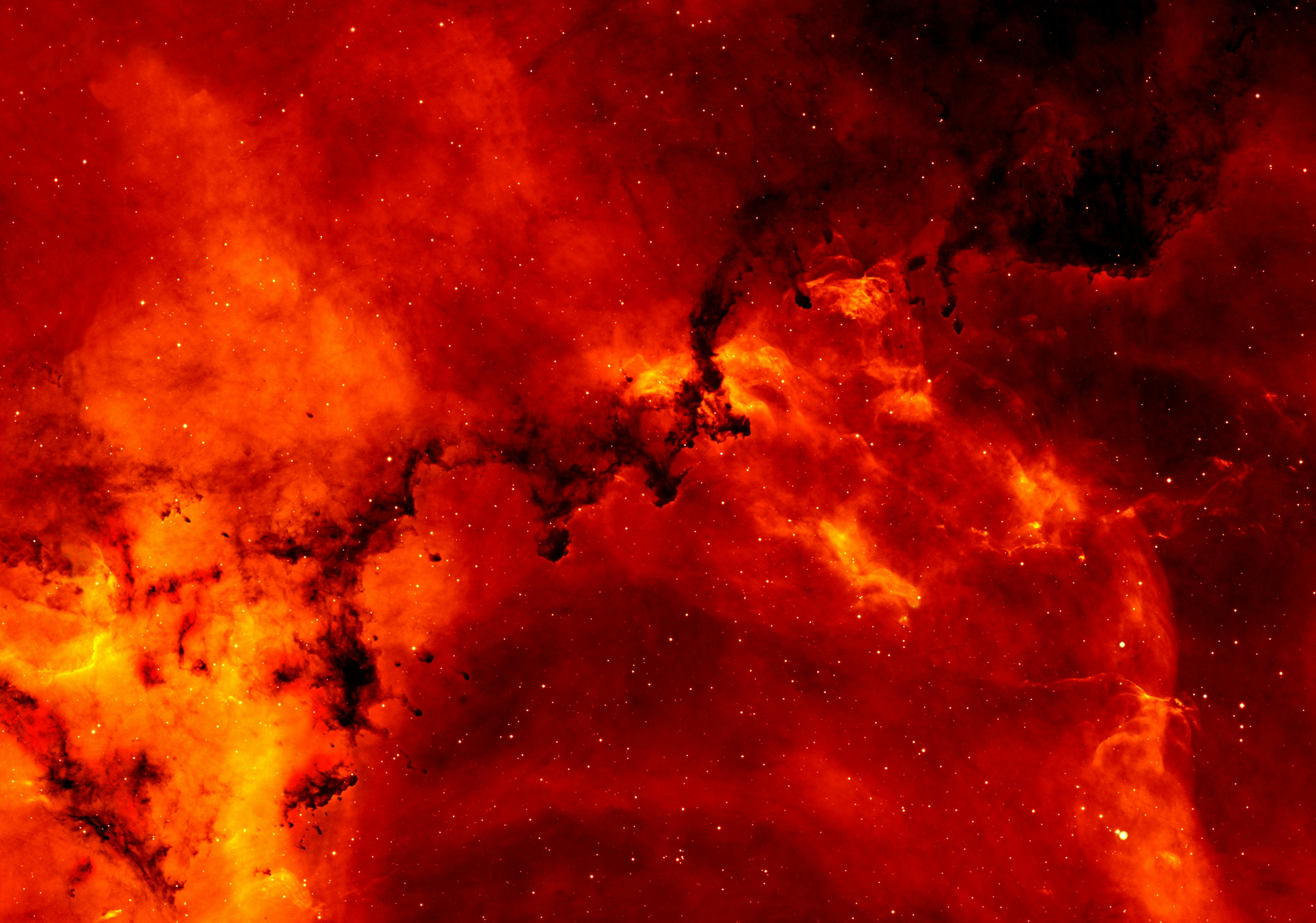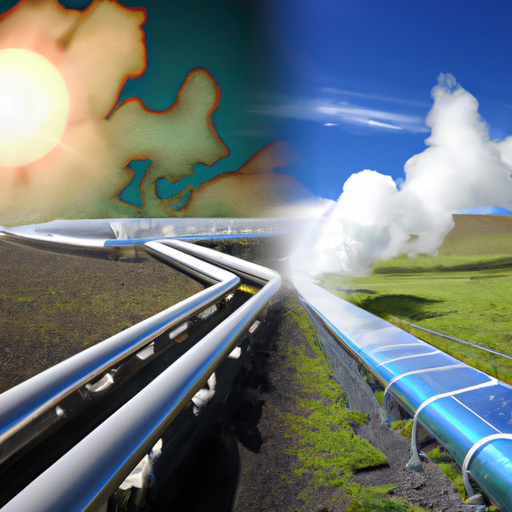In the realm of renewable energy, there’s a burgeoning synergy on the horizon that may pique your interest — the alliance between geothermal and solar energy. This article unravels the intricate integration of these two power sources, paving the way to sustainable living while minimizing environmental impact. Harnessing the earth’s thermal energy, the geothermal system operates consistently day and night, while solar panels flourish during daylight. By appreciating their individual strengths and the beautifully orchestrated way they intermingle, you’ll grasp the brilliance of this duo and perhaps even consider it for your home’s energy needs.
Understanding Geothermal and Solar Energy
Before delving into the integration of geothermal and solar energy, it’s pivotal to understand what each of these energies encompasses, and how they function individually.
Definition and Basics of Geothermal Energy
Geothermal energy is derived from heat deep below the earth’s surface. This form of energy is generated and stored in the Earth, and it’s a reliable source of power as it’s available all year round. Amazing, right? This abundantly available power source is becoming incredibly popular as a renewable resource.
How Geothermal Energy Works
Imagine digging deep into the earth, further and further until you encounter hot water and steam. This is what it takes to tap into geothermal energy. Power stations use steam derived from the Earth’s core to power generators, which in turn produce electricity.
Understanding Solar Energy
Following, we have the sun, the undisputed king of renewable energy. Solar energy is energy harnessed from the sun’s powerful rays. This form of energy is increasing in demand due to its renewable nature and its ability to reduce a household’s carbon footprint.
How Solar Energy Works
Wonder how this happens? Well, the secret lies in photovoltaic (PV) cells . These cells capture solar light and convert it into electricity that can be used in homes or businesses. Of course, weather plays a significant role, but even on cloudy days, a portion of the sun’s rays can still be converted into energy.
Benefits of Integrating Geothermal and Solar Energy
While geothermal and solar energy are impressive on their own, combining these two powerhouses can result in several advantages.
Maximizing Renewable Energy Resources
Integrating geothermal and solar energy allows for the maximization of renewable energy resources. Geothermal energy provides a dependable base-load power, while solar energy offers additional power during peak daylight hours.
Environmental Impacts
The integration of geothermal and solar energy significantly reduces greenhouse gas emissions and dependence on fossil fuels. And because these are renewable resources, they don’t deplete, ensuring a healthier planet for future generations.
Energy Efficiency and Sustainability
The combination of geothermal and solar energy leads to improved energy efficiency and sustainability. With solar panels covering electricity needs during the day and geothermal power providing for heating and cooling needs, a profound energy-saving potential can be realized.
Cost-Efficiency Over the Long Term
On top of the environmental benefits, this integration can also prove to be cost-effective over the long term. Maintenance costs for geothermal and solar installations are relatively low, leading to significant savings on utility bills.

Technological Integration of Geothermal and Solar
Here’s where things get really interesting. Technical advances are enabling different renewable energies to be harnessed and used together.
Complementary Generation Cycles
The most fascinating thing about integrating geothermal and solar energy is their complementary generation cycles. While the production of solar energy is influenced by the weather, geothermal energy can continually produce electricity. This ensures consistent electricity production, even during periods of low sunlight.
Hybrid Systems and Technology
Hybrid systems combining solar and geothermal technologies are now becoming realistic solutions. These systems use solar power during the day and switch to geothermal energy in the background for consistent power.
The Role of Battery Storage in Integration
Battery storage plays a pivotal role in the integration of geothermal and solar energy, storing surplus electricity produced during peak times for usage during periods of high demand or low production.
Current Technology Limitations
Despite the progress, technological limitations still exist like high upfront installation costs and the efficiency of converting and storing energy. However, as technology advances, these limitations are expected to diminish.
Real World Applications and Case Studies
Understanding the theoretical feasibility of integrating geothermal and solar energy is one thing, but seeing it put into practice is another.
Residential Applications of Geothermal and Solar Integration
In residential settings, solar panels can be used to generate electricity during the day, and a geothermal heat pump can provide efficient heating and cooling solutions.
Commercial Use and Industrial Applications
In commercial and industrial applications, geothermal energy can be used for space and water heating, while solar panels can provide electricity for daily operations.
Global Examples of Successful Integration
Countries like Germany and Iceland have successfully utilized this integration to take advantage of their unique geographical assets.

Challenges in the Integration of Geothermal and Solar
Despite the many benefits of solar and geothermal energy integration, there are hurdles to overcome.
Technical and Engineering Challenges
Each of these energy sources has unique demands in terms of installation and maintenance, and managing these can be tricky.
Financial and Economic Challenges
Both solar and geothermal systems have high initial investment costs. This combined with the time it takes to realize the ROI can be a significant barrier.
Geographical and Climatic Constraints
Not all locations are suitable for both solar and geothermal energy. The optimum geographical conditions are required for each to work at its best.
Regulatory and Policy Challenges
Developing regulatory frameworks that support the integration of these two renewable energy sources can also be challenging.
Future Directions in Geothermal and Solar Integration
The future looks bright for renewable energy, particularly for integrated geothermal and solar.
Technological Advances and Innovations
Technological development will continue to enhance the efficiency and affordability of these systems, making them more available to a wider range of users.
Policy Measures and Regulatory Changes
Policy measures and regulatory changes can further help accelerate this trend and make the integration of geothermal and solar energy more attractive.
Investment Trends and Financing Options
As more investors recognize the potential benefits of this integration, increased funding will likely be directed towards research and development, driving further advances.

Comparison with other Renewable Energy Combinations
Geothermal and solar integration isn’t the only renewable energy combination, and it can be insightful to compare it with others.
Geothermal and Wind Energy
This pairing can also generate reliable power. However, wind power isn’t as consistent as solar, and the initial costs could be higher.
Solar and Wind Energy
Solar and wind energy are both weather-dependent, which can cause variability in power generation.
Hydro and Solar Energy
Hydropower and solar energy can provide consistent energy production, but geographical barriers can limit where hydro energy can be harvested.
Understanding the Investment Opportunities
The integration of geothermal and solar presents a range of exciting investment opportunities.
Potential Returns on Investment
Investing in geothermal and solar integration can deliver substantial long-term returns as the world continues to transition to renewable energy.
Investment Risks and Mitigation
Although there are risks, they can be mitigated with carefully crafted strategies that accommodate potential technological, regulatory and economic changes.
Role of Government Incentives and Policies
Government incentives and policies can make these investments more enticing and offset some upfront costs.
Impacts on Energy Grid and Infrastructure
As more geothermal and solar systems are integrated, these changes will inevitably impact our current energy infrastructure.
Infrastructure Adaptation for Hybrid Systems
Existing infrastructure will need to adapt or be replaced to accommodate this hybrid system, including the development of better energy storage solutions.
Impacts on the Stability of the Energy Grid
As more renewable energy sources are integrated, it’s critical to ensure that they don’t disrupt the stability of the grid.
Responding to Changing Energy Demands
As energy demand fluctuates, the grid will need to be able to respond efficiently to prevent power outages.
Role of Geothermal and Solar in Energy Transition
As we move away from fossil fuels, the transition to renewable energy, including geothermal and solar, is increasingly important.
Lessons from Energy Transition Success Stories
Examining successful energy transition cases, we can learn from their challenges and successes to enhance future transitions.
Challenges and Opportunities in Energy Transition
During any transition, there are inevitable challenges, but each challenge also presents an opportunity for better and more sustainable solutions.
Role of Consumers in Energy Transition
Consumers also have a role to play in this transition by choosing to support cleaner, sustainable energy sources and by using energy more judiciously.
The integration of geothermal and solar energies is more than just an alternate method of power generation. As we strive to protect our planet and its future, the gathering, storing and utilization of renewable energy sources is an absolute necessity.
